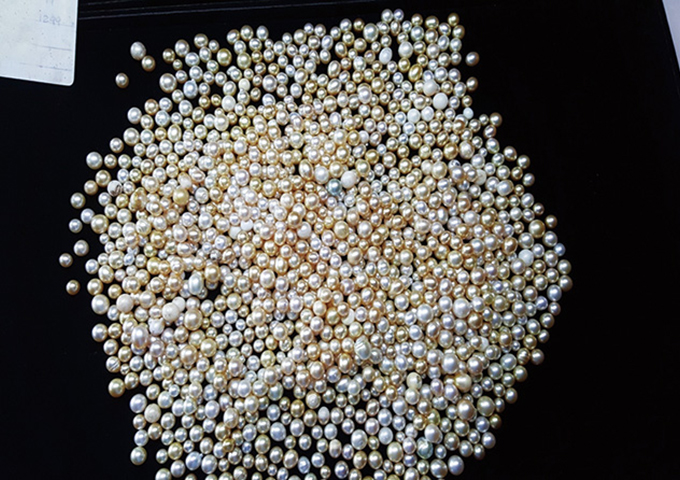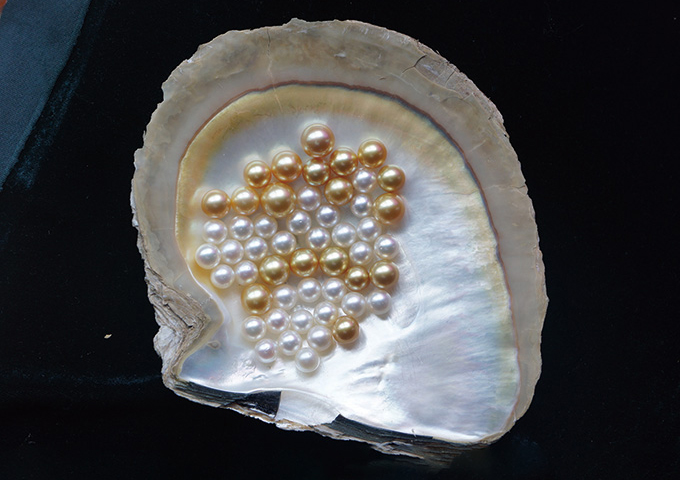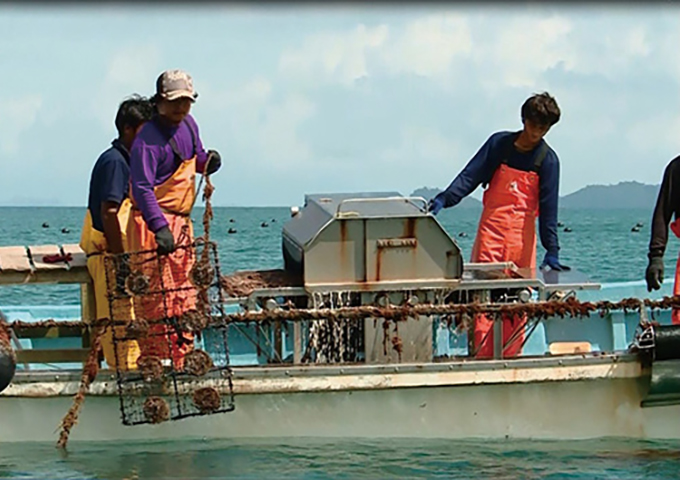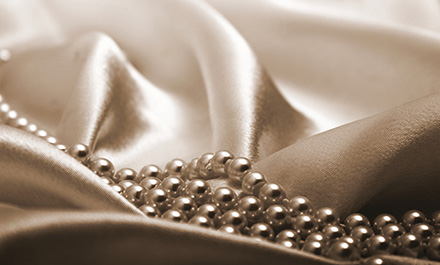Myanmar has steadily been building its reputation in the international pearl industry, thanks to various initiatives aimed at promoting Myanmar’s pearls to worldwide buyers.
Min Min Oo, managing director of Myanmar Pearl Enterprise in the country's Ministry of Natural Resources and Environmental Conservation, shared the country's growth policies and outlook for the pearl sector.
Could you tell us more about Myanmar's pearling history and how it began?
In 1954, a Japanese entrepreneur established South Sea Pearl Co, which in turn invested in Myanmar and a joint venture for pearl production was founded. South Sea Pearl production then formally began in Myanmar, spanning significant movements in the government, including its nationalisation. By the 1990s, the government started enacting various laws aimed at protecting the sector, including the Myanmar Pearl Law and Myanmar Pearl Rules.
In 2013, the first International Myanmar Pearl Auction was held in Hong Kong. Most recently in 2017, Myanmar's pearls were sold in Las Vegas for the first time. Throughout the years, the government has also been introducing amendments to existing laws. The 7th Myanmar Pearl Auction was held in Hong Kong in February 2019.
How is the pearl production and export business in Myanmar?
According to government data, pearl production and exports in 2016 reached 433,612 mommes and 345,511.85 mommes respectively. The figures rose considerably in 2017 at 512,334 mommes (production) and 369,000.25 mommes (exports). In 2018, production was 443,136 mommes and exports were 348,255.66 mommes.
In pearl production, it's important to keep breeding oysters alive and minimise their mortality rate. This is crucial to meeting our yearly production targets.
There's also value in joint-venture initiatives since this is where international techniques and culturing processes are shared.
What is the benefit of holding pearl auctions outside the country?
Overseas pearl auctions are where international pearl producers sell their high-quality pearls thereby fuelling competition. To stand out in the pearl market, we also need to produce premium-grade pearls. This is an important strategy.
What are your growth outlook and expansion plans in 2019?
By 2014, there were three state-owned and five joint-venture pearl farms in Myanmar. Now, Myanmar has one state-owned pearl farm and eleven joint ventures.
Myanmar remains committed to promoting the beauty of its pearls, with the end in view of increasing yearly production. Myanmar produces over 400,000 mommes annually and our aim is to further increase this.













